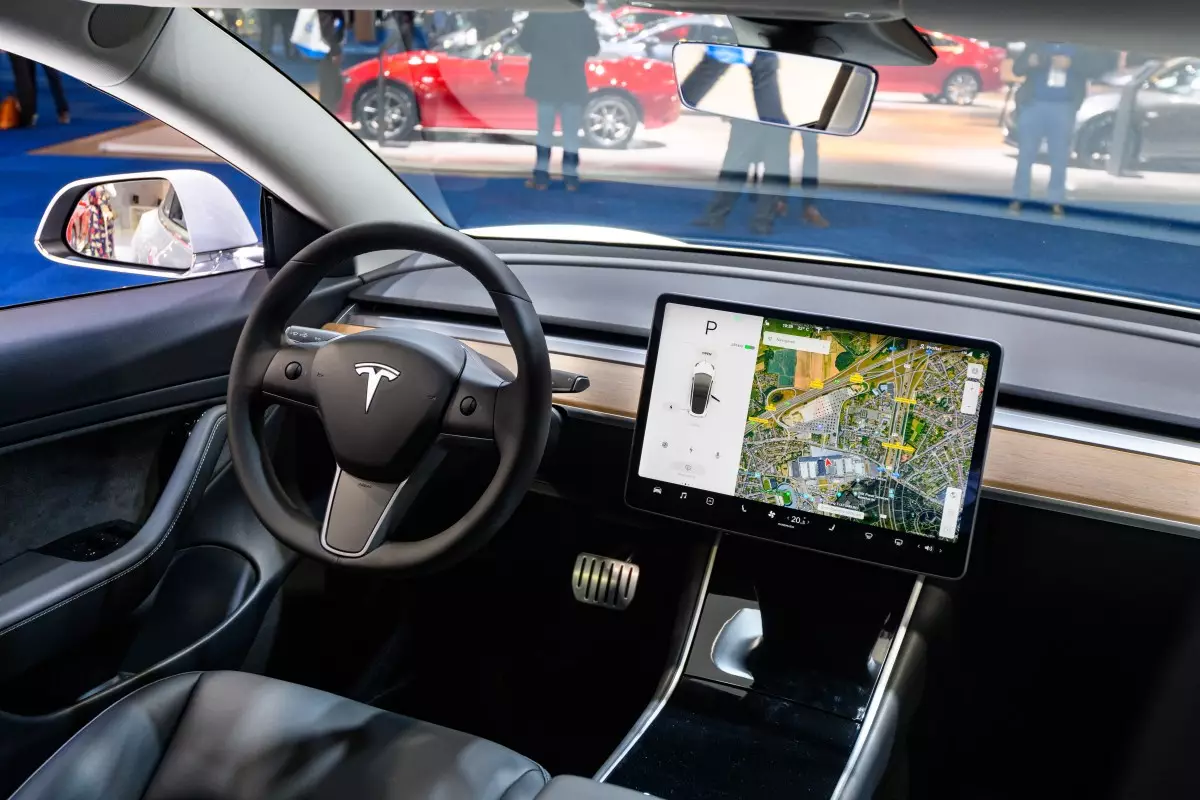During a recent event that garnered significant attention, CEO Elon Musk unveiled Tesla’s ambitious plans to release an “unsupervised” version of its Full Self-Driving (FSD) technology in 2025, specifically in California and Texas. This version aims to be implemented in certain Model 3 and Model Y vehicles, and is envisioned to operate without traditional controls such as a steering wheel or pedals by 2027. However, skepticism surrounds Musk’s ability to adhere to these timelines. This raises questions about the feasibility of rolling out both complex AI systems without adequate regulatory frameworks to support them.
Full Self-Driving is a term that implies complete autonomy; however, the current iteration of Tesla’s technology does not reflect this. Instead, it performs specific driving tasks under certain conditions, often requiring human oversight. In response to criticism over the potentially misleading nature of the term, Tesla officially rebranded the FSD system from “FSD Beta” to “FSD Supervised” earlier this year—an indication that the technology is not yet ready for full autonomous operation.
Musk’s concept of “unsupervised FSD” may be a touch ambiguous. There are two possible interpretations: either a fully autonomous Level 4 system, which can operate under predefined conditions without human intervention, or a more advanced Level 3 system that still necessitates occasional human involvement. For context, other manufacturers like Mercedes and General Motors are exploring similar technologies, but with varying degrees of human engagement.
Tesla’s plans to roll out this unsupervised version raises immediate questions about regulatory compliance. Unlike many states, Texas has comparatively relaxed regulations surrounding autonomous vehicles. This regulatory framework allows companies to deploy vehicles without a human driver, provided they meet basic operational requirements. This could enable Tesla to push software updates to its vehicles with minimal oversight. However, legislative changes could complicate matters in the near future, as lawmakers may consider requiring companies to notify agencies when human oversight is fully removed.
California presents a stark contrast to Texas in terms of regulatory requirements. The state’s Department of Motor Vehicles (DMV) maintains a rigorous permitting process for autonomous vehicle testing. Although Tesla has held a drivered testing permit for several years, it has not yet applied for a driverless testing or deployment permit. Should Tesla move forward with launching an unsupervised FSD system, obtaining a sufficient permit would be necessary, especially as California has strict guidelines on how such technologies can be tested and deployed.
The DMV’s regulatory environment is an essential factor for Tesla to consider. Its current permit permits testing with human safety drivers present, while a “driverless testing” permit would allow for operation without anyone in the driver’s seat. To further complicate matters, Tesla would require additional permissions to enter the commercial ride-hailing market—a daunting process that would necessitate collaboration with California’s Public Utilities Commission.
Another layer of complexity involves federal regulations. Tesla’s plan to build robotaxis devoid of manual controls would require exemptions from the National Highway Traffic Safety Administration (NHTSA) due to existing vehicle safety standards. Current federal guidelines do not easily accommodate vehicles designed for complete autonomy, and Tesla has yet to file for such an exemption.
The only instance thus far where an exemption has been granted is to Nuro for its delivery vehicles, which do not transport human passengers. Other attempts, such as those by General Motors and Amazon’s Zoox, have not borne fruit, highlighting significant barriers to entry for manufacturers aiming to disrupt traditional transport modalities.
As the NHTSA prepares to propose new rules to accommodate AV technologies, the timeline for compliance remains uncertain. Any delay in rulemaking would stifle progress toward Tesla’s ambitious goals. Therefore, Musk’s bold announcements may come with unrealistic expectations given the uncertain regulatory landscape and technical challenges still awaiting resolution.
The implications of Musk’s revelations were reflected in investor sentiment following the event. Uncertainty regarding the timeline for FSD and robotaxi rollouts, coupled with a lack of clarity on how Tesla plans to maneuver through the regulatory environment, led to skepticism among investors. With ambitious goals established, the real question remains: Can Tesla turn its grand vision into a reality, or will regulatory hurdles and technical limitations hold back these innovations?
While Tesla’s initiatives could redefine personal and commercial transportation, the path forward is riddled with regulatory challenges and unfulfilled promises. The ambitious timelines set by Elon Musk may eventually prove to be optimistic as the company navigates a complicated web of state and federal regulations.

